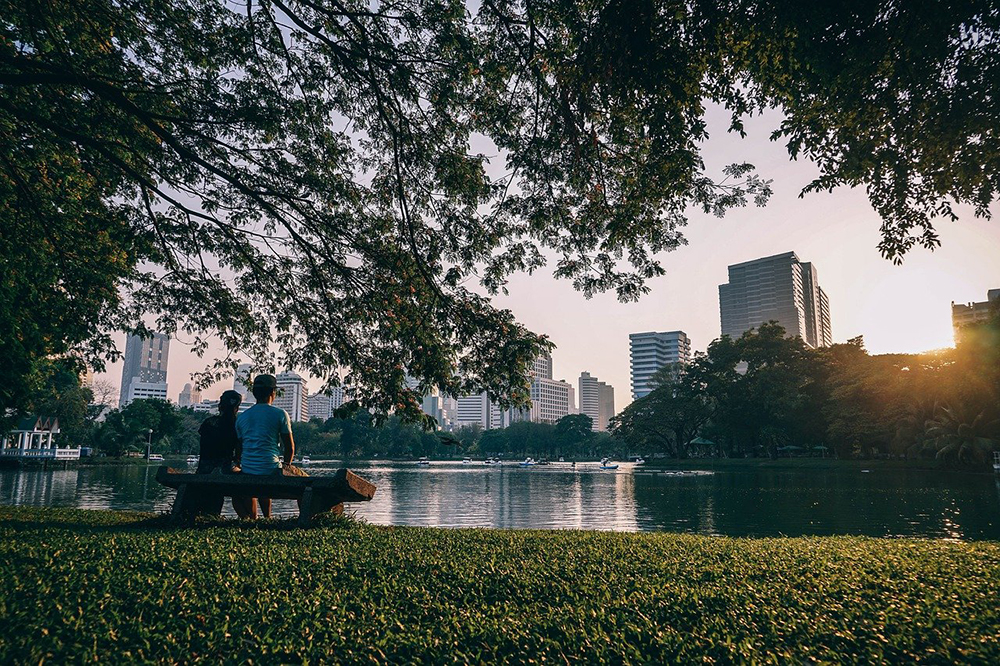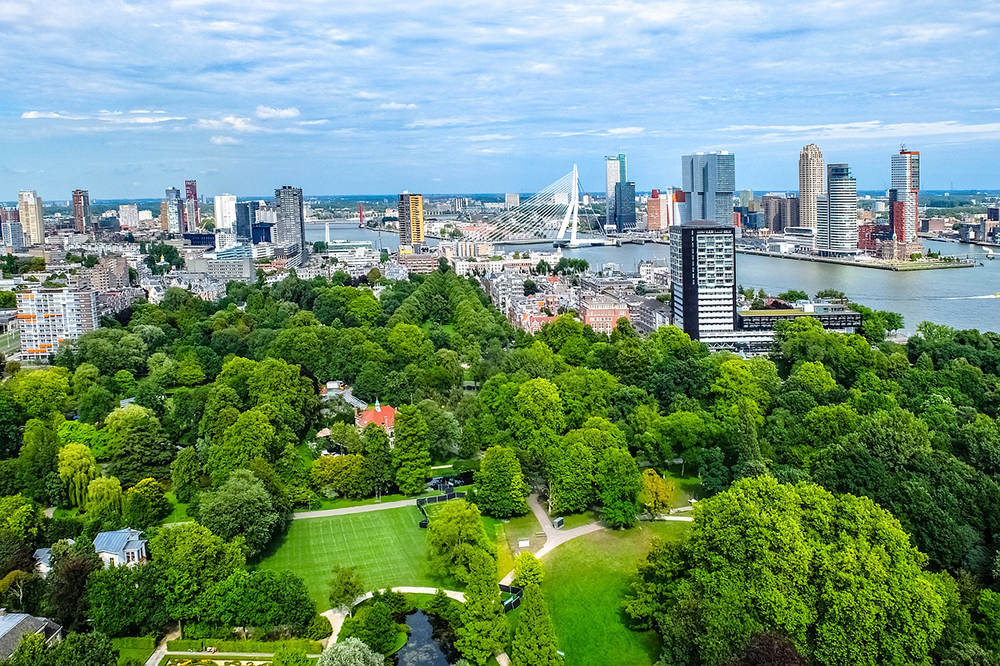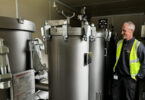Exclusive interview: H2O Global News editor Siôn Geschwindt spoke with EDSA CEO Scott LaMont about the role of architecture in building more resilient, liveable and water-wise urban spaces.
Almost every city, town and village in the world is intimately connected to water.
Whether for drinking, growing crops, transporting goods, or simply to provide fun and recreation – water is a cornerstone of thriving urban spaces.
Yet the relationship between the places we live and the water resources we depend on is often neglected in the way we design, construct and manage our built environment.
Flooding, water scarcity and pollution are all symptoms of an urban design that does not adequately consider or properly value the water on which we all depend.
With almost 70% of the world’s population set to live in cities by 2050, designing ‘water-sensitive’ urban areas has never been more important.
What is water-sensitive design?
“Typically cities are covered with impervious surfaces like pavements, roads, and roofs,” says Jonathan Moores, an Urban Aquatic Scientist at New Zealand’s National Institute of Water and Atmospheric Research (NIWA). “Water-sensitive design is a philosophy that embraces natural processes in the way we manage water in the city, encouraging green space and natural water filtration and storage processes to help maintain a healthy water cycle.”
Water-sensitive design is applicable at all scales – from a single house to an entire city.
And it’s not just about creating more green spaces, it’s about embracing water as a key component of the urban form: designing with water, not against it.
“How water is regulated in our city centers, and even used as an amenity, is essential to the well-being and long-term liveability of our global being,” said EDSA CEO, Scott LaMont.

EDSA CEO, Scott LaMont.
EDSA is a planning, landscape architecture and urban design firm based in Fort Lauderdale, Florida.
“Design elements such as bio-retention, vegetated swales and rain-garden systems address stormwater management while adding distinct value to projects.
“It’s all about bridging the gap between human consumption and natural systems with design solutions that provide for conservation, preservation and restoration,” LaMont added.
Water-sensitive urban design will be central to our global efforts to build cities that can withstand the pressures of urbanisation, population growth and climate change.
The climate threat
Climate change is water change. Extreme weather events and changes in water cycle patterns are the primary signs of a warming planet.
It is estimated that around 74% of natural disasters between 2001 and 2018 were water-related.
Beyond their immediate impacts, these extreme weather events can have knock-on effects on water quality and quantity.
The UN predicts that cities, especially those in the Global South, will be the most vulnerable to these impacts.
Cities are also the places where the battle to stem the worst impacts of climate change will be won or lost.
According to the UN, urban areas produce over 60% of global greenhouse gas (GHG) emissions.
From the materials used to construct them to the energy used to run them, buildings alone contribute over half of those emissions.

Cities are epicentres of environmental problems, but equally, of solutions.
Many of these problems can be solved by rethinking the way we design and build our urban spaces.
“The urgent challenge before us is to redesign our communities in the context of their bioregional landscapes enabling them to adapt to climate change and mitigate its root causes,” said LaMont.
“For instance, our planning and site design efforts look to create urban carbon sinks via the provision of green space and climatically appropriate vegetation.
“At EDSA we’re designing with natural drainage corridors and developing creative approaches to stormwater management and rainwater harvesting, as well as the use of solar and thermal energy alternatives.
“However, there are more complex challenges that require significant cultural and economic shifts.
“Alternative transportation, food systems, localized economies and stronger community networks will make us more resilient to future changes and uncertainty.”
‘Socially and ecologically responsible development’
The way we design our built environment contributes directly to our health and well-being.

Cities have the potential to be climate resilient and better places to live.
Creating welcoming outdoor courtyards, plazas and social lawns is a way to connect people with nature and reduce our carbon footprint.
City planners must emphasise multi-purpose spaces and invest in places between buildings and the prioritisation of pedestrians and walkability.
“It’s imperative to integrate management improvement plans and thoughtful design into the surrounding civic fabric as part of socially and ecologically responsible development,” said LaMont.
What’s next?
Creating water-sensitive urban areas is an opportunity to create more liveable, sustainable and resilient places.
It is undeniable that the relationship between water and our urban areas needs to be given a higher priority to provide integrated solutions to flood risk management, sustainable water use and supply and the improvement of water quality in our treasured watercourses.
This priority needs to be applied in an integrated way by the people and partners that plan and design the built environment. In doing so, we can bring together the skills and creativity of practitioners who plan and design the places we live in to bring much wider benefits to communities.
LaMont concluded: “As ongoing development actively changes and shapes our environment, we must all play a part in educating each other on the practices of saving and sustaining – putting our best foot forward as we plan thoughtful choices for a better tomorrow. The sooner mankind can slow the warming trend, the easier it will be to adapt.”
Do you have an article or video that you would like to share? Submit your article here or keep up with the latest news from the water industry and wastewater industry by subscribing to our weekly newsletter.







